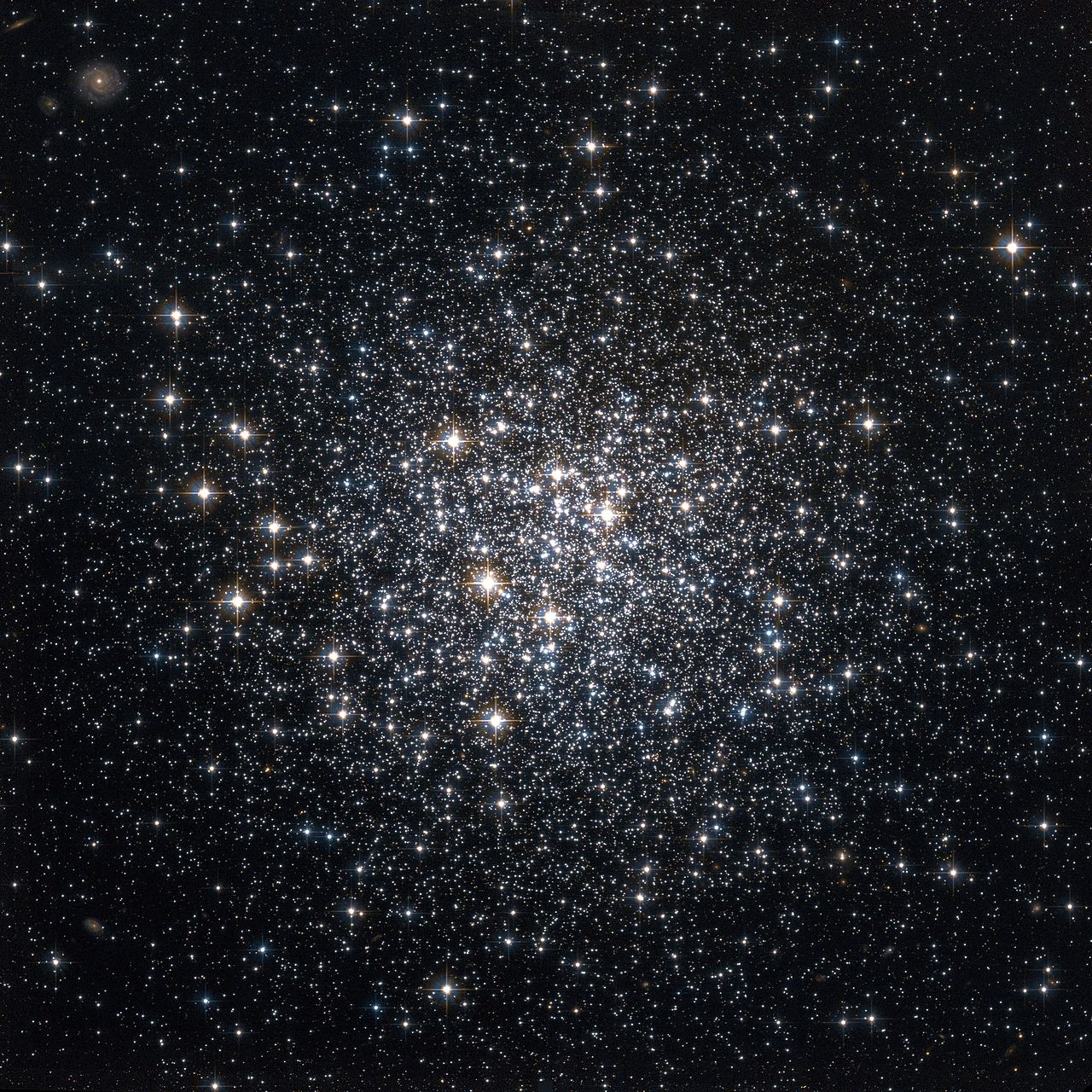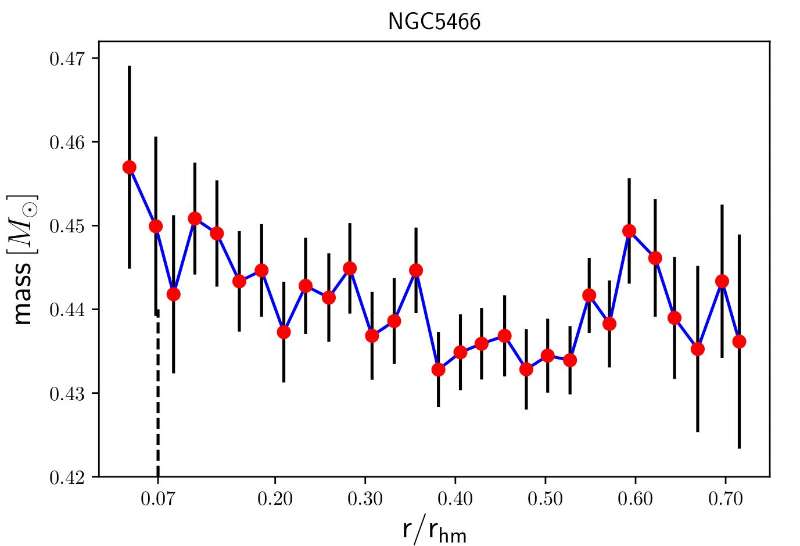
Globular clusters are old and dense star systems in the Galaxy halo and bulge. Their average age is almost equal to the age of our universe.
During the long time of dynamical evolution, heavier objects like massive stars are inclined to sink to the core region, while lighter ones tend to move farther away from the center. This process is known as mass segregation.
Researchers led by Prof. ZHAO Gang and Dr. WU Wenbo from National Astronomical Observatories (NAOC) of Chinese Academy of Sciences reported the mass segregation results of 35 Galactic Globular Clusters (GCs) by using the high-quality photometry data from the Hubble/ACS Treasury survey.
Their findings were published in The Astrophysical Journal on Feb. 25.
"Most of the globular clusters are heavily mass segregated since they have experienced a long time of dynamical evolution," said Dr. WU Wenbo, first author of the study. "However, we can still find several clusters with a small amount of mass segregation. It is very interesting to explore the reason behind it."
"Previous N-body simulations show that the existence of a central intermediate-mass black hole (IMBH) could quench mass segregation. When massive stars sink to the core region, they may have an encounter with the IMBH. This encounter is actually a process of energy exchange," said Prof. ZHAO Gang, the corresponding author of this paper. "Those stars gain kinematic energy from the encounter process and speed up. Then they escape away from the core region. In this way, mass segregation is quenched."
"In this work, we find that globular cluster with a larger core to half-mass-radius ratio tends to be less mass segregated. The existence of energy objects like an IMBH or binary stars could explain such a tendency," said Dr. WU Wenbo. "The anticorrelation found in this study between mass segregation and core binary fraction is also a support of this view."
This study links mass segregation to the IMBH, binaries, and stellar-mass black hole subsystem. It will help constructing a clearer relation between mass segregation and energy sources, which could play a guiding role in searching for the IMBH in globular clusters.

Fig.1 Hubble Space Telescope image of NGC 6981. Globular clusters are old and dense star systems where a central IMBH may hide in their core regions. (Image from http://www.wikisky.org/)

Fig. 2 Radial profile of the mean mass of main sequence stars for NGC 5466. There is no large difference between the mean mass of the core and the outer regions, which shows that NGC 5466 has a small amount of mass segregation. (Image by WU Wenbo)

86-10-68597521 (day)
86-10-68597289 (night)

52 Sanlihe Rd., Xicheng District,
Beijing, China (100864)

